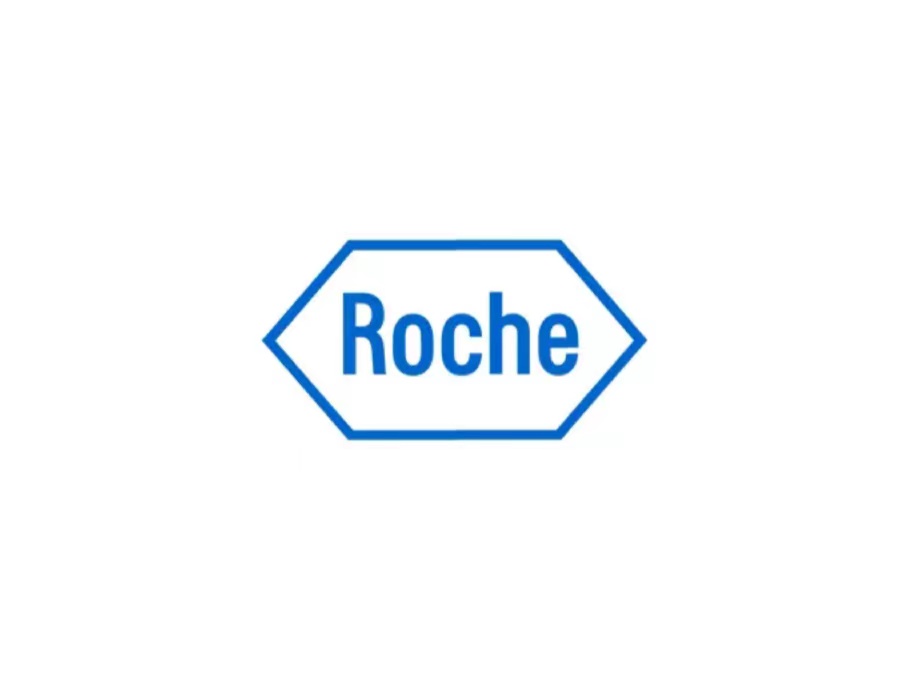



Original from: Roche
¡¤ The World Health Organization (WHO) has awarded Roche's human papillomavirus (HPV) test prequalification designations for use on the cobas 5800 System and for self-collected samples on the cobas 5800, 6800 and 8800 Systems.
¡¤ These designations build upon last June's WHO prequalification that included the cobas HPV test for use on the cobas 6800 and 8800 Systems.
¡¤ WHO prequalification enables low- and middle-income countries (LMICs) to use Roche HPV screening solutions, including self-collection, in their national cervical cancer elimination programs, which will greatly increase access.
¡¤ Every year, over 600,000 women worldwide are diagnosed with cervical cancer and over 340,000 die from this preventable disease, caused by HPV infection. Nine out of 10 women who die from cervical cancer live in LMICs.1
Roche (SIX: RO, ROG; OTCQX: RHHBY) announced today that the World Health Organization (WHO) has awarded the cobas® HPV test prequalification designations for use on the cobas® 5800 system and for self-collected samples on the cobas® 5800, 6800 and 8800 systems. These new prequalification designations come just one month after the U.S. Food and Drug Administration approved Roche¡¯s HPV self-collection solution and less than a year after the WHO awarded prequalification to the cobas HPV test on the cobas 6800/8800 systems.
¡°No woman in the world should die from this preventable disease. These new prequalification designations for our cobas HPV test will create strong momentum in the fight to eliminate cervical cancer,¡± said Matt Sause, CEO of Roche Diagnostics. ¡°Countries that use the WHO list to make decisions on how to implement national screening programs can now leverage self-collection to further increase access.¡±
The WHO is focused on the elimination of cervical cancer globally with a strategy of three key goals.2 It seeks to ensure that by 2030, 70% of women are screened using a high-performance test by age 35, and again by age 45. Screening for HPV can help identify women who are at risk of developing cervical cancer, so that the disease can be treated early, before cancer has a chance to develop. In poorer countries, women are often diagnosed with cervical cancer at a more advanced stage, where the chance for a cure is low. The WHO also seeks to ensure that 90% of girls are fully vaccinated against HPV by 15 years of age, and that 90% of those identified with cervical disease receive appropriate treatment.
The cobas HPV test prequalification designations from the WHO help expand access and provide healthcare professionals with greater certainty that their clinical decisions will be based on accurate, reliable results.
Roche partners with health systems and governments in more than 55 countries to support their cervical cancer screening programs with the cobas HPV test. As a result of these collaborations, more women have been accessing HPV molecular testing. For example, after just one year of Roche and the Per¨²vian Ministry of Health working together with other government organisations and patient advocates, more than 300,000 unscreened or underscreened women, some in remote areas of the Amazon rainforest, have been tested for HPV using Roche¡¯s self-collection solution as the primary strategy to expand access.
The cobas HPV test is also part of the Roche Global Access Program, which aims to improve access to cost-effective resources, implement scale-up programs, and contribute to the elimination of diseases in the regions with the greatest need.
In 2014, Roche first launched its Global Access Program to support the UNAIDS 2020 targets to address the HIV/AIDS epidemic. Since then, the program has expanded to include solutions for other high-burden diseases such as Tuberculosis, Hepatitis B and C, and cervical cancer. Most recently, in response to the COVID-19 pandemic, the SARS-CoV-2 test was included into the program.
The continual expansion of test offerings highlights Roche's commitment to eliminating cervical cancer and other high-burden infectious diseases for patients living in resource-constrained settings with limited access.
Any laboratory that implements a Roche instrument system gains the ability to scale up testing across multiple disease areas, thus improving cost and resource efficiency. An integrated approach supports national programs focused on increasing access to diagnostic testing, to help manage or reduce the impact of preventable disease for patients.